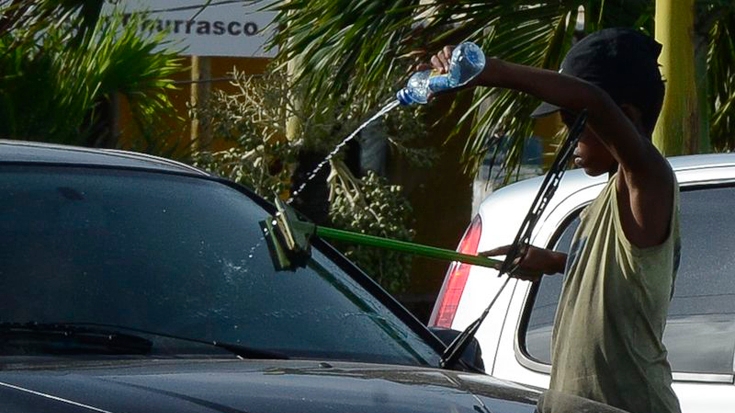No one knows better than a teacher how difficult it is to keep the attention of students in the classroom, particularly if they have not slept well the night before. They face a sea of yawns, drooping eyelids and, especially, poor school performance.
Now just imagine those same students after a workday. You heard right: thousands of Latin American youth cannot be children fulltime because they are forced to work and study at the same time.
Conclusion: young people who study and work lose from three to six months of learning annually, according to a study published by the World Bank.
Experts analyzed the performance of 96,000 students with an average age of 14 who attended school in municipalities of Sao Paulo, Brazil. Brazilian law prohibits children under age 16 from working, except those at least aged 14 who work as trainees– in other words, they are hired by a company that offers technical training, respects students’ school hours and guarantees them the same rights as other workers. Trainee contracts last from one to two years.
The study did not focus on trainees but on young street vendors, domestic workers, car washers and others engaging in informal urban occupations that require little skills.
After a long workday, these exhausted students face the following reality:
- They are 30% more likely to miss class (compared with non-working students);
- They are 10% more likely to do their homework at school, in a rush, just ahead of class;
- They are 5% more likely to turn their homework in late.
For girls who work, the figures are 14%, 10% and 9%, respectively.
School performance also plummets. These children’s grades on math and language tests are up to 7% lower than those of students who do not work.
"The difference in grades between those who work and study may seem small but is in fact relevant,” says André Portela, one of the authors of the study and an instructor at the Getúlio Vargas Foundation. Brazil ranked 58th on the 2012 PISA math test applied in 65 countries.
"These adolescents’ performance tends to be worse for the rest of their academic lives. The study shows that even when they stop working, their grades do not improve,” says Portela.
And the study does not even consider school dropout or repetition rates, which continue to be high in Brazil.
The good news is that last year, child labor in Brazil declined to the lowest levels in its history: the number of children aged five to 15 who worked was 15% lower than in previous years. Nevertheless, some 3.1 million children in that age group continue to be employed.
For the experts, programs such as Bolsa Familia—which only pays parents benefits if their children attend school— are important for raising household income, removing those youth from the labor market and increasing school attendance.
"Even so, policies are lacking to facilitate and improve these children’s learning,” says Portela, who has been studying the issue for the past two decades.

